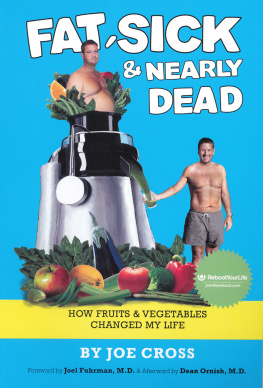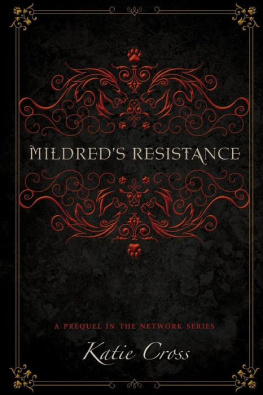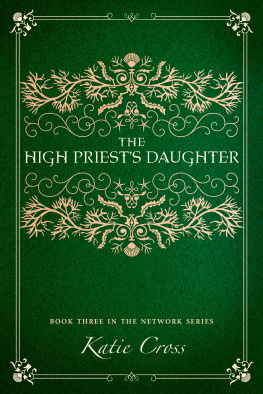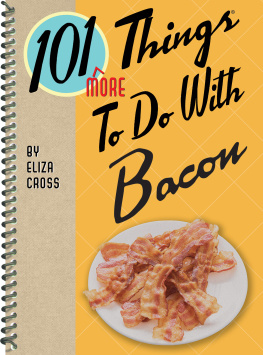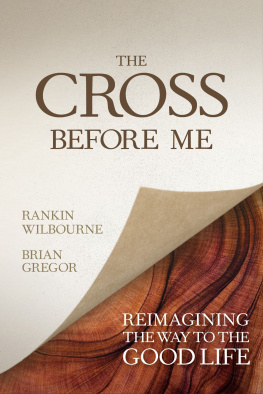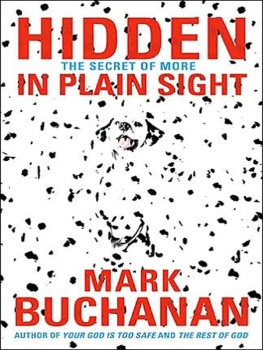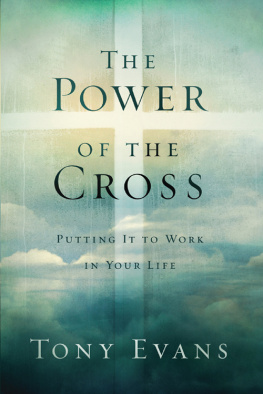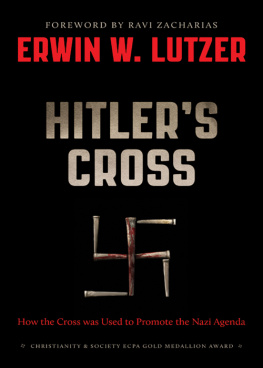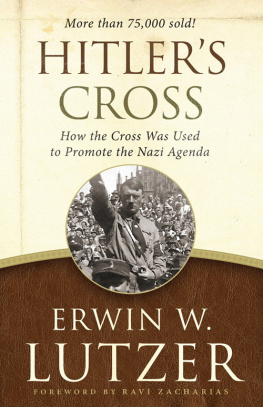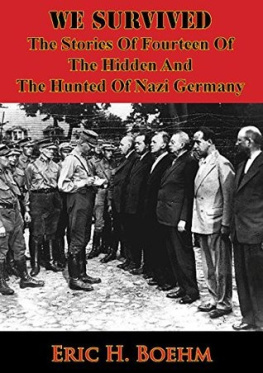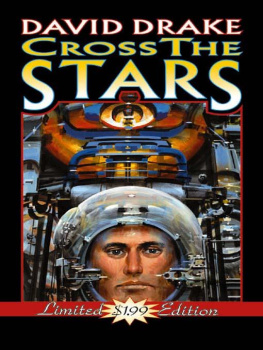J.F.K.
A Hidden Life
Robin Cross
First published by Bloomsbury Publishing Limited in 1992
Copyright Robin Cross 1992
This edition published in 2020 by Lume Books
30 Great Guildford Street,
Borough, SE1 0HS
The right of Robin Cross to be identified as the author of this work has been asserted by them in accordance with the Copyright, Design and Patents Act, 1988.
All rights reserved. No part of this publication may be reproduced, stored in a retrieval system, or transmitted in photocopying, recording or otherwise, without the prior permission of the copyright owner.
Table of Contents
Chapter One
Founding Fathers
John Fitzgerald Kennedy came into the world on 29 May 1917 in a pleasant three-storey wood-frame house at 83 Beals Street in Brookline, Massachusetts, on the outskirts of Boston. His parents, Rose and Joseph Kennedy, already had one child, Joseph Jr, who had been born in 1915. A third child, Rosemary, was born in 1918, and she was to be followed by Kathleen (1920), Eunice (1921), Patricia (1924), Robert (1925), Jean (1928) and Edward (1932).
The Kennedy familys comfortable circumstances in the late spring of 1917, just two months after the United States had entered the First World War, were far removed from the teeming Boston stews which had sheltered John F. Kennedys paternal great-grandfather Patrick Kennedy, who had emigrated to America from the village of Dunganstown in County Wexford in 1848.
Patrick Kennedy was the third son of a relatively prosperous farmer who grew barley and wheat on 80 acres. The tens of thousands of his fellow countrymen who in the 1840s took the same hazardous passage across the Atlantic were for the most part less fortunate peasants, oppressed by absentee landlords and uprooted by the potato blight. In the four years from 1845 which saw the Great Hunger, a million Irish died and a million more left their homeland. Those who headed West could sail to New York or Boston for as little as $12.
Conditions on the coffin ships which carried them came close to rivaling the horrors of the slavers of the eighteenth century. In 1847 disease claimed 20 per cent of those who set out. Bostons harbor master claimed that he could detect the approach of the immigrant ships, when they were still miles out to sea, by the pestilential stench which the winds bore before them.
The great wave of human flotsam which washed into Boston increased the citys population by nearly 50 per cent in the 1840s. Many of the so-called famine Irish stayed in the waterlocked city, too poor to travel any further. Confined to thousands of typhus-ridden tenements in a hundred Mick Alleys and Paddyvilles, they were condemned to a life as nasty, brutish and short as the one they had left behind in Ireland. The Boston Brahmins, the native-born Anglo-Saxon haute bourgeoisie who were the arbiters of the citys cultural life and the controllers of its financial and mercantile activity, recoiled in horror from the immigrant invasion. They initiated a form of apartheid which, at its most basic level, found expression in the notorious signs which read NINA No Irish Need Apply. Mayor Theodore Lyman declared that the Irish were a race that will never be infused with our own, but on the contrary will always remain distant and hostile. For their own part the Irish avoided assimilation, not least because of the Protestant bias of the citys public schools.
Patrick Kennedy was one of those who stayed in Boston, finding employment as a cooper. He made yokes and staves for the broad-wheeled covered wagons which rumbled off to join the California Gold Rush, and whiskey barrels for the waterfront saloons which provided the Irish with some distraction from their harsh lot.
Even more important for the tightly knit and inward-looking Irish community was the family. Transplanted from rural to urban poverty, the Irish maintained the tradition of the extended family as a deep emotional support and means of economic survival.
In 1849 Patrick Kennedy married twenty-eight-year-old Bridget Murphy, a fellow steerage passenger on the voyage to America. By 1858 there were four children, three girls and a son; the youngest, Patrick Joseph, was born on 14 January of that year. Ten months later his father died of cholera, leaving Bridget to raise her children on the money she earned as a hairdresser and the income from a small store she owned.
Patrick Joseph, or PJ as he became known as he grew up, spent his teenage years working on the Boston wharves as a stevedore. At the age of twenty-two he bought a small, run-down saloon in Haymarket Street. Industrious, ambitious and teetotal, he prospered, acquired other saloons, moved into retail and wholesale whiskey distribution and then into politics. Politics was the great Irish success story in Boston. Quarantined in their shanty towns, excluded from the professions and polite society and ignored by the existing civic institutions, which were indifferent to their grievances against predatory employers and rapacious landlords, the Irish created their own parallel political machine. What began as a strategy of necessity provided a route to power and prestige which even the old Boston elite could not deny the unwanted newcomers.
PJs position as a saloonkeeper, the shrewd and sympathetic listener on the other side of the bar, eased him into an influential position in the world of political clubs which were the basis of Irish politics in Bostons wards, each of which was controlled by a boss whose powers of patronage secured the loyalty of his supporters.
By the mid-1880s the Irish controlled Boston politics. In 1886 PJ and his allies took over the Democratic Committee of Ward Two in East Boston. That year PJ began the first of five consecutive terms in the Massachusetts House of Representatives. In 1892 he ran successfully for the State Senate and was re-elected twice. However, PJs natural habitat was his ward in East Boston, where from the back room of his saloon he dispensed liquor and favors in the classic style of such legendary bosses as Martin Lomasney, with whom PJ sat on the unofficial Board of Strategy, based in the old Quincy House on Brattle Street.
Pulling the levers of power and patronage alongside Lomasney and PJ on the Board of Strategy was the North Ends John F. Fitzgerald, whose charm and loquacity were to earn him the nickname of Honey Fitz. The third son of an upwardly mobile North End shopkeeper, Honey Fitz graduated from the Boston Latin School and attended Harvard Medical School for a year before his fathers death forced him to become the familys breadwinner. His extravagant nature, warm tongue and glad hand soon launched him on a political career as a US congressman and, in 1905, he became the first Irish Mayor of Boston. His sheer joie de vivre was infectious. He celebrated his fiftieth birthday by sprinting a hundred yards at seven in the morning, running a quarter of a mile at nine, wrestling at noon and boxing at one.
Honey Fitz had come a long way from the tenement apartment on Ferry Street where he had begun life, but he remained only semi-detached from his shanty origins. The citys bluebloods admired his tireless boosting of a Bigger, Better, Busier Boston, and joined in the general public merriment at his longstanding affair with a blonde cigarette girl, Toodles Ryan. Some of them might even have voted for him. None of them forgot he was Irish. Honey Fitz might attempt to assimilate on horseback, playing polo and riding to hounds, but this only earned him the derisive tag of greenblood. When in 1916 the irrepressible Honey Fitz challenged Henry Cabot Lodge for a Senate seat, the political establishment heaved a collective sigh of relief at his defeat.
The light of Honey Fitzs life was the first of his six children, Rose Elizabeth, who had been educated in Europe and was the belle of Irish Boston. On holiday in Maine as a youngster, she met for the first time Joseph Patrick Kennedy, PJs firstborn. In their late teens they were to meet again and fall in love. On 7 October 1914 the Kennedys and the Fitzgeralds were united when Joseph Patrick Kennedy married Honey Fitzs beautiful daughter.



